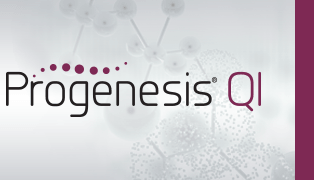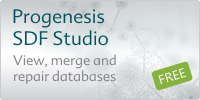How are the compound ions grouped into compounds?
Following the detection of compound ions in the Peak Picking screen, the ions are grouped into compounds. This process is known as deconvolution.
How does deconvolution work?
The software uses the information you provided about experiment adducts to determine which pairs (or groups) of compound ions might be different adduct forms of the same compound. For 2 compound ions to be considered part of the same compound, they must have:
- the same retention time (within a small margin of error)
- ion masses that differ by an amount equal to the mass difference between 2 experiment adducts
For example, suppose that we have detected the following ions in our experiment:
| Ion # | Retention time (mins) | Charge | Ion m/z | Ion mass |
|---|---|---|---|---|
| 1074 | 15.109 | 1 | 855.6586 | 855.6586 |
| 1625 | 15.121 | 2 | 417.3420 | 834.6840 |
and our experiment was created with the following adducts:
| Adduct | Charge | Adduct mass |
|---|---|---|
| M+Na | 1 | 22.9892 |
| M+H | 1 | 1.0073 |
| M+2H | 2 | 2.0146 |
We can see that the mass difference between ion 1074 and ion 1625 is equal to the mass difference between the M+Na and M+2H adducts:
| Compound ion masses: | 855.6586 − 834.6840 = 20.9746 |
| Adduct masses: | 22.9892 − 2.0146 = 20.9746 |
In this example, the two compound ions above would be grouped as a single compound; ion 1074 would be its M+Na form and ion 1625 its M+2H form.
These calculations of mass offsets are performed for all ions detected during peak picking, comparing against all other ions in the experiment. Depending upon your sample complexity, you can end up with some compounds having many more than just two adduct forms.






